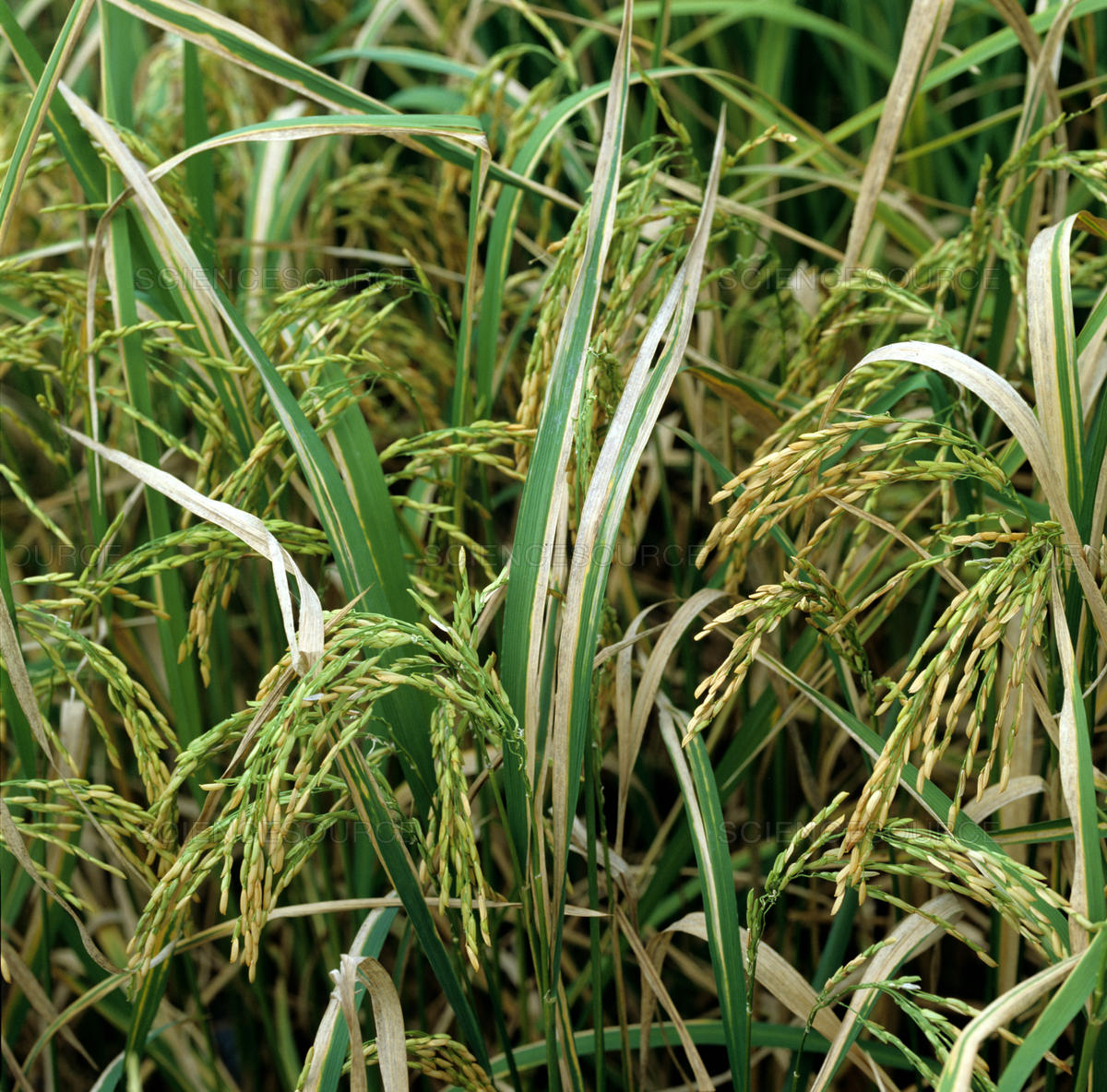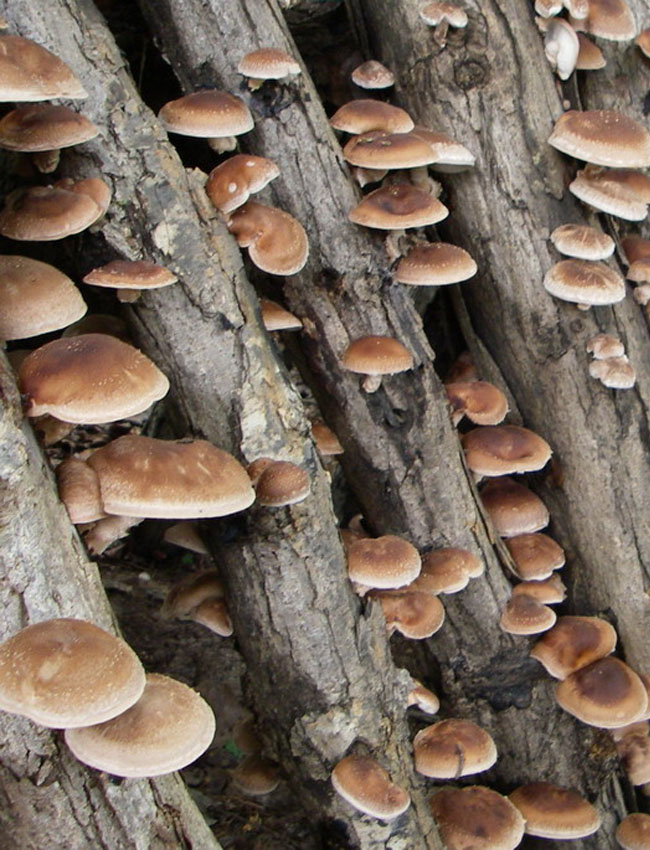MAIN
TERMS
PROJECTS
ABOUT
Nucleotide databases
Quality of a genome assembly
For that task, I decided to choose a Xanthomonas oryzae. It's an organism, containing 2 pathowars, causes a serious blight of rice, other grasses and sedges. Xanthomonas oryzae pathovar oryzicola causes bacterial streak. This disease is common in tropical area and can cause crop losses of up to 32%. Xanthomonas oryzae pathovar oryzae causes bacterial leaf blight which is one of the most serious diseases of rice. This disease is common in temperate and tropical areas and can cause significant crop loss.

| Number of assemblies | With "Complete Genome" level - 52; With "Scaffold" level - 243; With "Scaffold" level - 111; |
| Selected assembly (ID in Assembly DB) | GCA_001927875.1 |
| Total length | 4.26725 Mb |
| Number of contigs and scaffolds | contigs:412 scaffolds:412 |
| N50 | 21678 |
| L50 | 63 |
| Number of annotated proteins | 4031 |
| Publication link | |
| Contig link | |
Feature keys
| Key | Example | Description |
| polyA_site | Oryza sativa oryzacystatin mRNA, complete cds polyA_site 837
/note="31 A nucleotides" |
polyA site plays a key role in mRNA transport, translation and stability. In eukaryotes, polyA tail truncates during the mRNA functioning. mRNA with truncated polyA tails destruct with nucleases. |
| sig_peptide | Rice mRNA for branching enzyme-4,complete cds sig_peptide
129..287. |
A signal peptide is a part of a protein, that directs it in sufficient organelle. |
| protein_bind | Oryza sativa Japonica Group bio-material IRIS:GID:2254722 Os08g0535200 gene, promoter region protein_bind 204..229
/locus_tag="Os08g0535200"
/bound_moiety="PthXo1" |
That key corresponds about protein binding site in DNA. |
| 3'UTR | Oryza sativa (japonica cultivar-group) OsCDPK protein mRNA, complete cds3'UTR 1575..>1907 |
3'UTR is a region of a mature transcript, that are not translated. Usually, it plays a regulatory function. |
| intron | Oryza sativa Japonica Group DNA for glutaredoxin, complete cds
intron 1583..2354
/number=1 |
An intron is a part of DNA, that removed from RNA during splicing. |
| variation | Oryza sativa Japonica Group Taichung 65 pho1 pseudogene for plastidial starch phosphorylase 1, isolate: BMF136 variation 2626
/gene="pho1"
/pseudo
/compare=AB441692.1
/allele="pho1-1"
/replace="g" |
Variation Feature Key here means a naturally occurring polymorphism and mutations |
| stem_loop | Oryza punctata b/f complex cytochrome f (petA) gene, partial cds; and PsbJ (psbJ) and PSII L protein (psbL) genes, complete cds; chloroplaststem_loop 274..289 |
Stem-loop is a region, forming by a base-pairing in the same DNA(RNA) strand. Usually, it's necessary for regulation of transcription/translation. |
150 Tomato Genome ReSequencing project
Tomato Genome ReSequencing project founded by Wageningen UR, Netherlands, at 4 June 2012. The main aim of the 150 Tomato Genome ReSequencing project is to reveal and explore the genetic variation available in tomato. Tomato has been selected as target crop because it is economically one of the most important species, and is one the most important vegetables globally.Genome project itself. In 2014 they sequenced 84 genomes of different accesions (last publication), and in 2012 they released a public browser to work with pre-publication data. Actual project status do not shown.
Lentinula edodes (shiitake) mitochonrial genome
Lentinula edodes (shiitake) is an edible mushroom native to East Asia, which is cultivated and consumed in many Asian countries.

Edible mushroom
